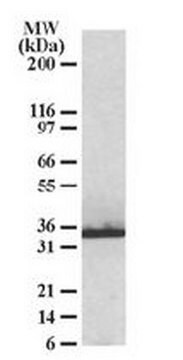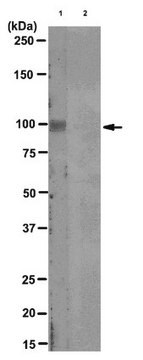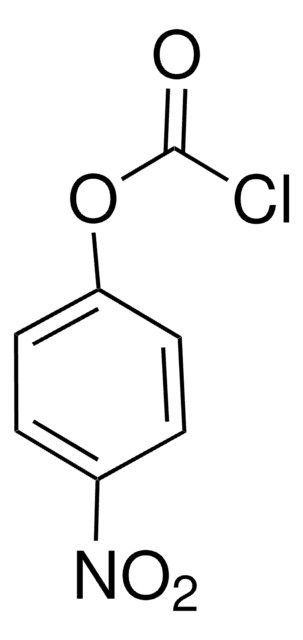MABN1783
Anti-HLA Class I Antigens Antibody, clone W6/32
clone W6/32, from mouse
Synonim(y):
HLA class I histocompatibility antigen, A alpha chain, MHC class I antigen A, HLA class I histocompatibility antigen, B alpha chain, MHC class I antigen B, HLA class I histocompatibility antigen, C alpha chain, MHC class I antigen C;HLA class I histocomp
About This Item
Polecane produkty
pochodzenie biologiczne
mouse
Poziom jakości
forma przeciwciała
purified antibody
rodzaj przeciwciała
primary antibodies
klon
W6/32, monoclonal
reaktywność gatunkowa
human
metody
affinity binding assay: suitable
affinity chromatography: suitable
flow cytometry: suitable
immunohistochemistry: suitable
immunoprecipitation (IP): suitable
neutralization: suitable
izotyp
IgG2a
numer dostępu GenBank
numer dostępu NCBI
Warunki transportu
ambient
docelowa modyfikacja potranslacyjna
unmodified
informacje o genach
human ... HLA-A(3105) , HLA-C(3107) , HLA-E(3133)
Opis ogólny
The previously assigned protein identifier P30443 has been merged into P04439. Full details can be found on the UniProt database.
Specyficzność
Immunogen
Zastosowanie
Jakość
Immunohistochemistry Analysis: A 1:1,000 dilutioin of this antibody detected HLA class I antigens in acetone-fixed frozen human tonsil tissue sections.
Opis wartości docelowych
Postać fizyczna
Inne uwagi
Informacje prawne
Nie możesz znaleźć właściwego produktu?
Wypróbuj nasz Narzędzie selektora produktów.
Kod klasy składowania
12 - Non Combustible Liquids
Klasa zagrożenia wodnego (WGK)
WGK 2
Temperatura zapłonu (°F)
Not applicable
Temperatura zapłonu (°C)
Not applicable
Certyfikaty analizy (CoA)
Poszukaj Certyfikaty analizy (CoA), wpisując numer partii/serii produktów. Numery serii i partii można znaleźć na etykiecie produktu po słowach „seria” lub „partia”.
Masz już ten produkt?
Dokumenty związane z niedawno zakupionymi produktami zostały zamieszczone w Bibliotece dokumentów.
Nasz zespół naukowców ma doświadczenie we wszystkich obszarach badań, w tym w naukach przyrodniczych, materiałoznawstwie, syntezie chemicznej, chromatografii, analityce i wielu innych dziedzinach.
Skontaktuj się z zespołem ds. pomocy technicznej







